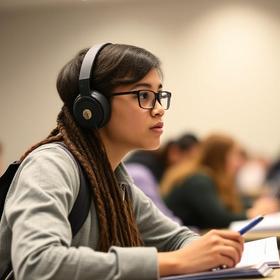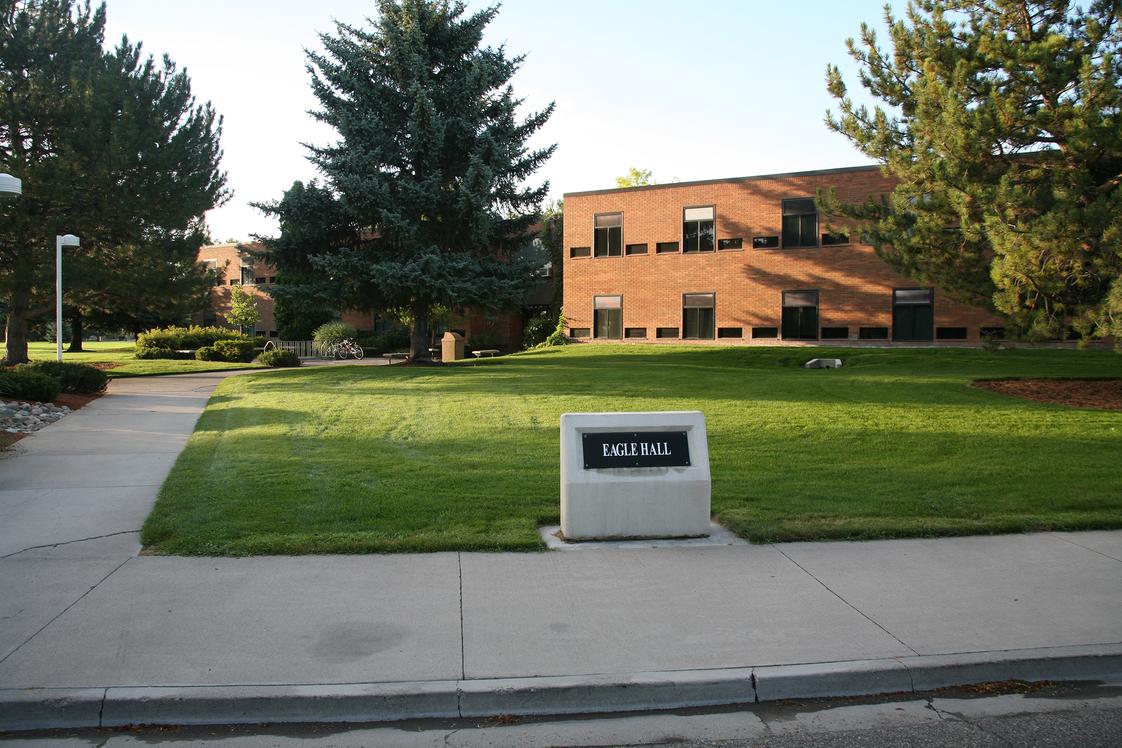The average community college acceptance rate in Idaho is approximately 98% per year (2025-26).
The most selective college in Idaho is currently Carrington College-Boise, with an acceptance rate of 96%.
Acceptance Rate Range: 96%
100%
Avg. Acceptance Rate: 98%
Most Selective Community Colleges in Idaho (2025-26)
College
Acceptance Rate
Location
Rank: #11.
Carrington College-Boise
Private for-profit
Acceptance Rate: 96%
1122 N. Liberty St.
Boise, ID 83704
(208) 377-8080
Boise, ID 83704
(208) 377-8080
Rank: #2 - 32. - 3.
Brigham Young University-Idaho
Private not-for-profit
Acceptance Rate: 97%
525 S Center
Rexburg, ID 83460
(208) 496-1411
Rexburg, ID 83460
(208) 496-1411
Rank: #2 - 32. - 3.
College of Western Idaho
Public
Acceptance Rate: 97%
5500 East Opportunity Drive
Nampa, ID 83687
(208) 562-3000
Nampa, ID 83687
(208) 562-3000
Rank: #44.
Acceptance Rate: 100%
315 Falls Ave.
Twin Falls, ID 83301
(208) 733-9554
Twin Falls, ID 83301
(208) 733-9554
Frequently Asked Questions
What is the Idaho average community college acceptance rate?
The Idaho average community college acceptance rate is 98% for 2025-26.
What are the most selective community college in Idaho?
The most selective community college in Idaho include Carrington College-Boise, Brigham Young University-Idaho and College of Western Idaho.
Recent Articles

Student Success Programs That Actually Work at Community Colleges
Discover evidence-based student success programs at community colleges for 2025, with outcomes, examples, and actionable strategies.

Best Community Colleges by Career Path in 2025
Explore top community colleges for career-training programs in 2025, including healthcare, IT, skilled trades and business pathways.

Dual Enrollment in High School: Benefits, Risks & Real Student Results
Explore the pros and cons of dual enrollment in high school, real outcomes for students in 2025, and how to decide if it’s right for you.





